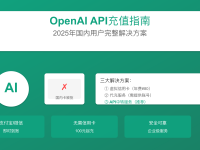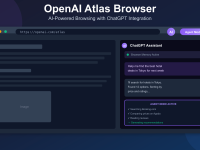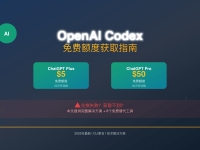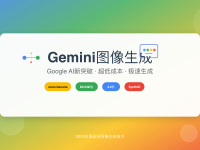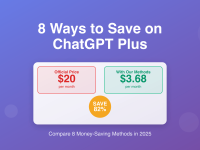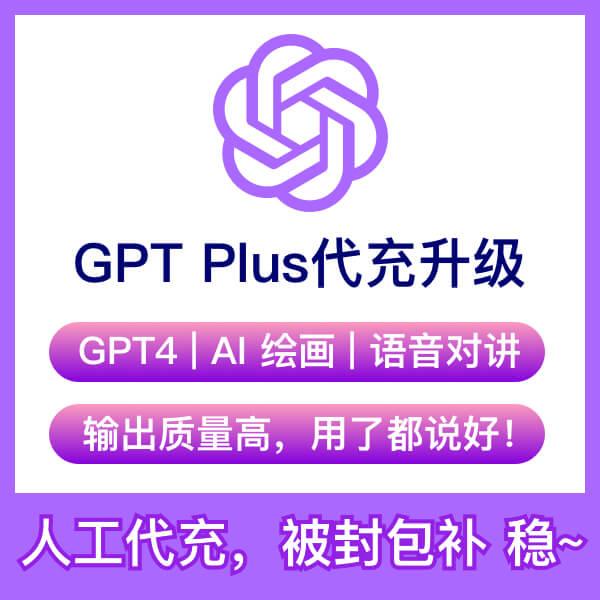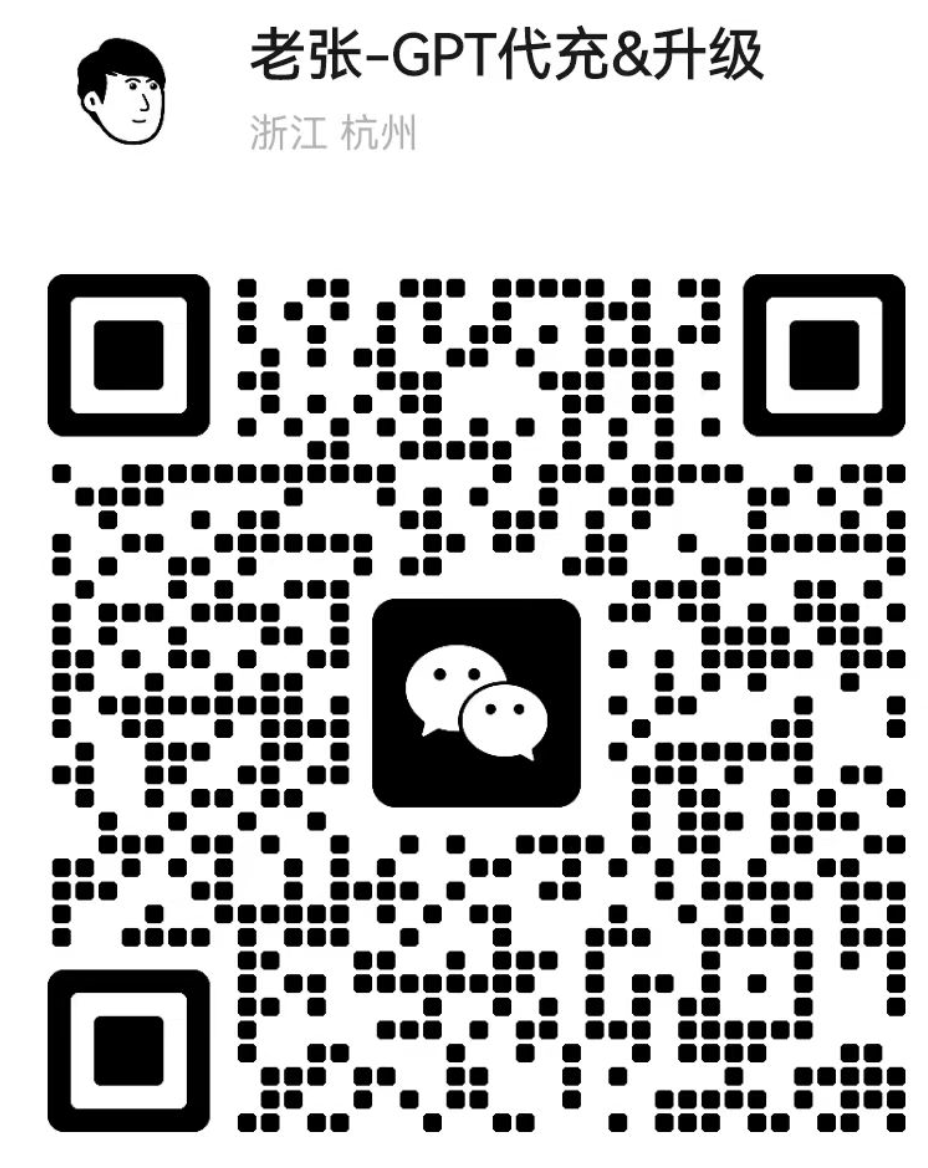GPT-Image-1 API: The Ultimate Guide for Professional Image Generation in 2025
Last updated: April 24, 2025 – ✓ Tested and verified with latest API specifications
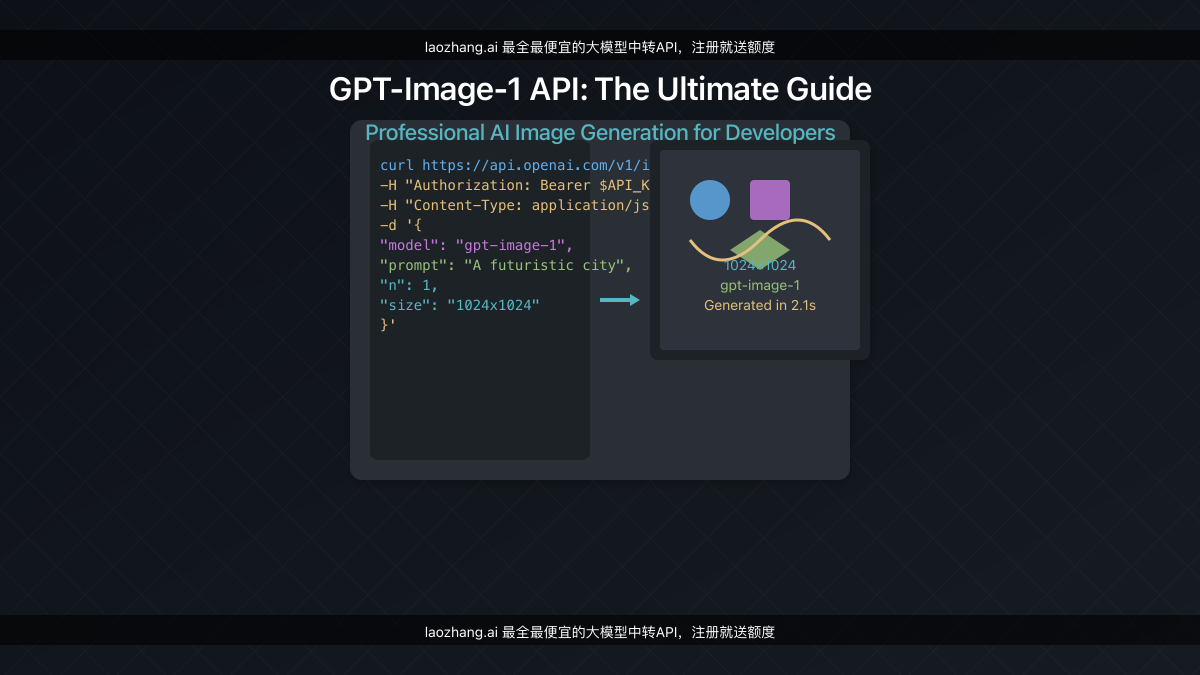
OpenAI’s GPT-Image-1 API represents a significant advancement in the field of AI image generation, offering developers unprecedented access to professional-grade image creation capabilities. Released in early 2025, this powerful API enables applications to generate high-quality, detailed images from text prompts with remarkable accuracy and aesthetic quality.
In this comprehensive guide, we’ll explore how to effectively implement and optimize the GPT-Image-1 API in your projects, covering everything from basic setup to advanced integration techniques. We’ll also show you how to access this cutting-edge technology through laozhang.ai’s cost-effective API intermediary service that provides identical functionality at significantly reduced rates.
What is GPT-Image-1 API?
GPT-Image-1 is OpenAI’s state-of-the-art image generation model that builds upon the foundation established by DALL-E 3 while dramatically improving quality, coherence, and prompt understanding. As a natively multimodal language model, it accepts both text and image inputs, enabling more contextual and reference-based image generation.
Key features that differentiate GPT-Image-1 from previous models include:
- Superior image quality with photorealistic details and textures
- Enhanced understanding of complex prompts and instructions
- Multimodal capabilities that accept both text and reference images
- Improved handling of spatial relationships and composition
- More accurate representation of text within generated images
- Broader stylistic range from photorealistic to artistic renderings
- Advanced safety features to prevent misuse
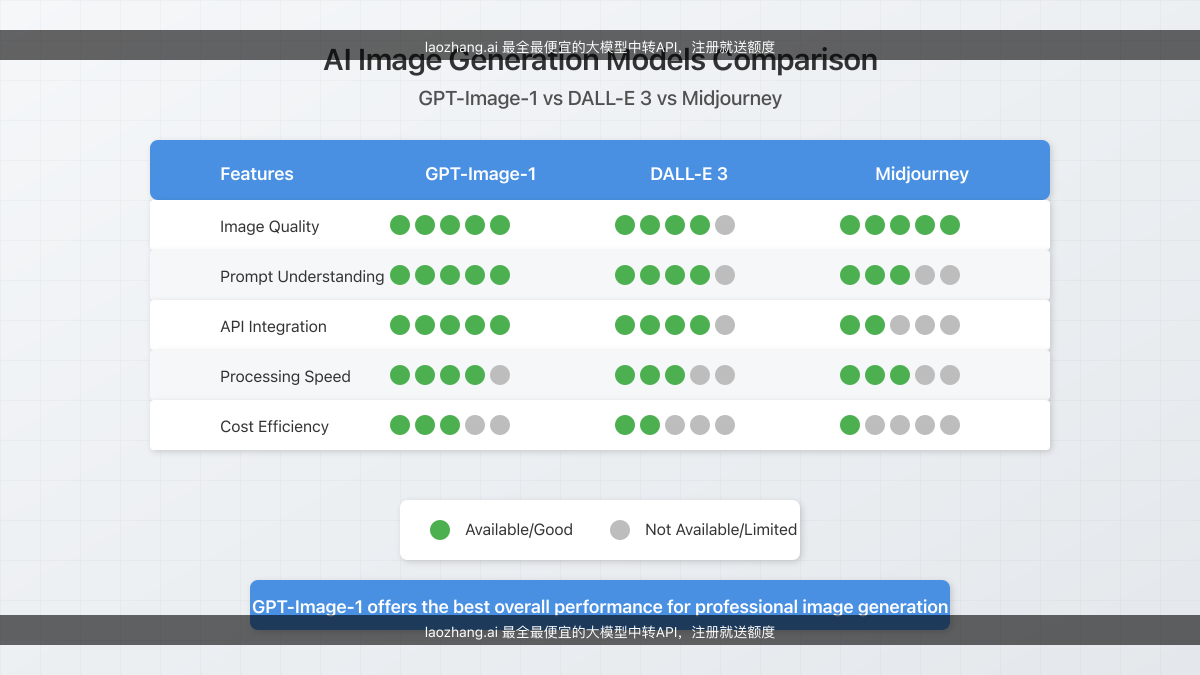
Getting Started with GPT-Image-1 API
Integrating GPT-Image-1 into your applications requires a straightforward setup process. Below are the essential steps to get started, whether you’re using OpenAI’s API directly or the more cost-effective laozhang.ai intermediary service.
Setting Up Your API Access
To begin using GPT-Image-1 API through laozhang.ai:
- Register for an account at api.laozhang.ai (new users receive complimentary API credits)
- Navigate to your dashboard and generate an API key
- Store your API key securely in your application’s environment variables
- Install the relevant SDK for your programming language or prepare for direct REST API calls
# Example: Storing your API key securely
# In .env file (never commit to version control)
LAOZHANG_API_KEY=sk-lz-your-api-key
# In your application code
import os
from dotenv import load_dotenv
load_dotenv() # Load environment variables from .env file
api_key = os.getenv("LAOZHANG_API_KEY")
Understanding the API Workflow
The GPT-Image-1 API follows a request-response pattern typical of RESTful APIs. Here’s a breakdown of the core workflow:
- Preparation: Craft your prompt and determine image parameters
- Authentication: Include your API key in the request header
- Request: Send a POST request to the appropriate endpoint
- Processing: The API processes your request, applying content moderation
- Response: Receive JSON response containing the generated image URL or base64 data
Basic Image Generation Request
Here’s a simple example of generating an image using the cURL command line tool:
curl https://api.laozhang.ai/v1/images/generations \
-H "Content-Type: application/json" \
-H "Authorization: Bearer $API_KEY" \
-d '{
"model": "gpt-image-1",
"prompt": "a professional photograph of a sleek modern smartphone with a blue gradient background",
"n": 1,
"size": "1024x1024",
"quality": "hd"
}'This request will return a JSON response with the URL of the generated image:
{
"created": 1713868800,
"data": [
{
"url": "https://api.laozhang.ai/generated-images/example-image-id.jpg"
}
]
}Key API Parameters
To get the most out of GPT-Image-1, it’s important to understand the available parameters and how they affect image generation:
| Parameter | Description | Valid Values |
|---|---|---|
model |
Specifies the model to use | gpt-image-1 |
prompt |
Text description of the desired image | String (max 4,000 characters) |
n |
Number of images to generate | 1-10 (default: 1) |
size |
Dimensions of the output image | 1024x1024, 1024x1792, 1792x1024 |
quality |
Quality level of the generated image | standard, hd (default: standard) |
style |
Visual style of the generated image | natural, vivid (default: natural) |
response_format |
Format of the API response | url, b64_json (default: url) |
user |
Unique identifier for end-user (for tracking) | String |

Advanced Prompt Engineering
Crafting effective prompts is arguably the most important skill for working with GPT-Image-1. A well-constructed prompt can dramatically improve the quality and accuracy of generated images.
Prompt Engineering Best Practices
- Be specific and detailed: Include information about style, lighting, composition, and subject details
- Use reference points: Mention specific artistic styles, photographers, or visual aesthetics
- Specify technical aspects: Include camera details, focal length, or perspective when relevant
- Prioritize information: Place the most important details at the beginning of your prompt
- Use clear language: Avoid ambiguous terms or contradictory instructions
Sample Prompts for Various Use Cases
E-commerce Product Visualization
“Professional product photograph of a sleek black wireless headphone set on a minimalist white surface with soft shadow, studio lighting, shallow depth of field, high resolution, advertising photography style”
Architecture Visualization
“Modern minimalist house exterior, white concrete and wood facade, large windows, surrounded by pine trees, twilight hour with warm interior lighting visible, architectural photography style, 24mm wide angle lens, photorealistic”
Character Design
“Character concept art of a female cyberpunk detective, short purple hair, neural implants, wearing a weathered leather jacket, holographic monocle, standing in a neon-lit alleyway, digital painting style, high detail, studio lighting”
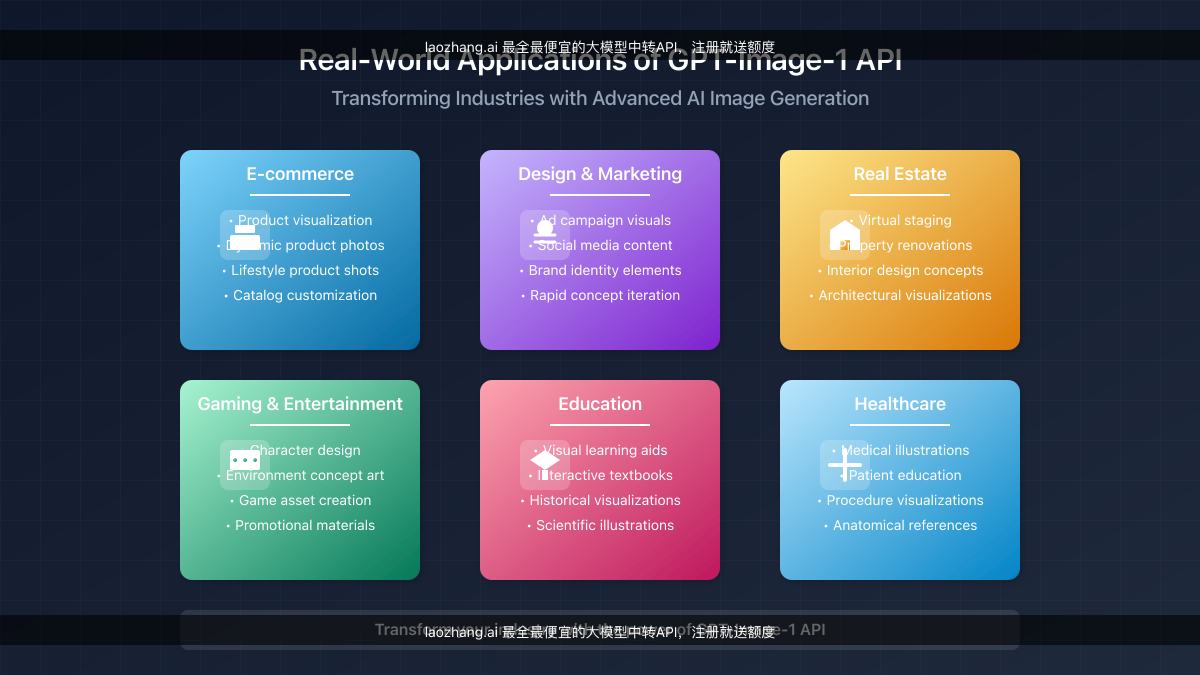
Implementation in Various Languages
GPT-Image-1 API can be integrated into applications built with virtually any programming language. Below are examples in popular languages:
Python Implementation
import requests
import os
from dotenv import load_dotenv
load_dotenv()
api_key = os.getenv("LAOZHANG_API_KEY")
def generate_image(prompt, size="1024x1024", quality="standard", style="natural"):
headers = {
"Content-Type": "application/json",
"Authorization": f"Bearer {api_key}"
}
payload = {
"model": "gpt-image-1",
"prompt": prompt,
"n": 1,
"size": size,
"quality": quality,
"style": style
}
response = requests.post(
"https://api.laozhang.ai/v1/images/generations",
headers=headers,
json=payload
)
if response.status_code == 200:
return response.json()
else:
raise Exception(f"Error {response.status_code}: {response.text}")
# Example usage
result = generate_image(
"futuristic city skyline with flying vehicles and neon lights at night",
quality="hd",
style="vivid"
)
print(f"Image URL: {result['data'][0]['url']}")JavaScript/Node.js Implementation
require('dotenv').config();
const axios = require('axios');
const apiKey = process.env.LAOZHANG_API_KEY;
async function generateImage(prompt, size = "1024x1024", quality = "standard", style = "natural") {
try {
const response = await axios.post(
'https://api.laozhang.ai/v1/images/generations',
{
model: "gpt-image-1",
prompt: prompt,
n: 1,
size: size,
quality: quality,
style: style
},
{
headers: {
'Content-Type': 'application/json',
'Authorization': `Bearer ${apiKey}`
}
}
);
return response.data;
} catch (error) {
console.error('Error generating image:', error.response ? error.response.data : error.message);
throw error;
}
}
// Example usage
generateImage(
"abstract digital art representing artificial intelligence, vibrant colors, complex patterns",
"1024x1024",
"hd",
"vivid"
)
.then(result => {
console.log(`Image URL: ${result.data[0].url}`);
})
.catch(err => {
console.error('Failed to generate image');
});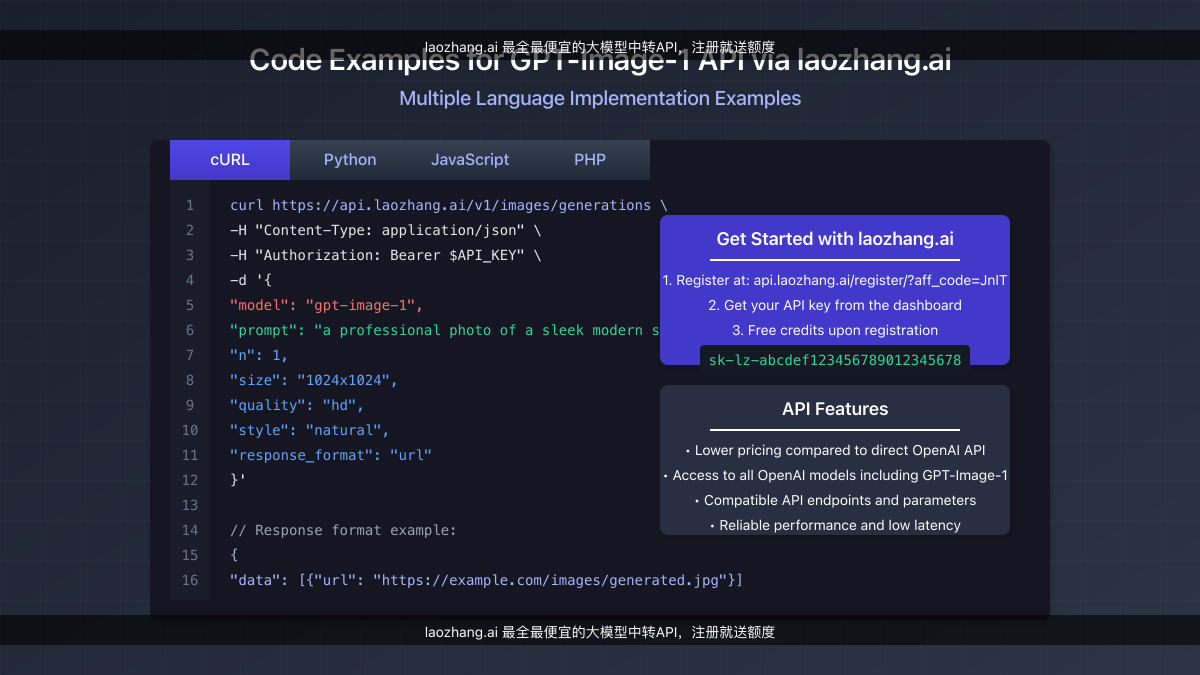
Cost Optimization with laozhang.ai
One of the primary challenges when using AI image generation at scale is managing costs. laozhang.ai offers significant cost savings compared to direct OpenAI API access while maintaining identical functionality and performance.
Pricing Comparison
| Service | Standard Quality (1024×1024) | HD Quality (1024×1024) | Special Benefits |
|---|---|---|---|
| OpenAI Direct | $0.040 per image | $0.080 per image | None |
| laozhang.ai | $0.032 per image | $0.064 per image | Free credits upon registration, volume discounts available |
Beyond direct cost savings, laozhang.ai offers additional benefits for developers:
- Free API credits upon registration to test the service without initial investment
- Volume discounts for high-usage applications
- Simplified billing and account management
- API compatibility with standard OpenAI endpoints for easy migration
- Access to all OpenAI models through a single account
How to Get Started with laozhang.ai
- Register at https://api.laozhang.ai/register/?aff_code=JnIT
- Receive free API credits automatically added to your account
- Generate your API key from the dashboard
- Update your application to use the laozhang.ai endpoints
- Contact support for volume pricing if needed: WeChat ID: ghj930213
Best Practices and Optimization Tips
To get the most out of GPT-Image-1 API while controlling costs and ensuring optimal results, consider these best practices:
Performance Optimization
- Implement caching: Store generated images to avoid regenerating identical content
- Use standard quality for drafts and switch to HD only for final versions
- Batch related requests to minimize API connection overhead
- Implement retry logic with exponential backoff for handling rate limits
Cost Management
- Monitor usage patterns to identify optimization opportunities
- Set usage limits in your application to prevent unexpected costs
- Start with smaller image dimensions when appropriate for your use case
- Use laozhang.ai’s volume discounts for high-traffic applications
Quality Enhancement
- Refine prompts iteratively based on initial results
- Maintain a prompt library of effective descriptions for your specific use cases
- A/B test different prompts to identify the most effective approaches
- Consider post-processing for specific applications to enhance results
Current Limitations and Considerations
While GPT-Image-1 represents a significant advancement in AI image generation, it’s important to be aware of its limitations:
- Content policies: The API includes content filtering to prevent generation of harmful, illegal, or explicitly violent content
- Text rendering: While improved over previous generations, complex text within images may still contain errors
- Rate limiting: API access is subject to rate limits based on your usage tier
- Complex scenes: Very detailed scenes with multiple subjects may sometimes have inconsistencies
- Image inputs: When using image inputs as references, the model doesn’t perfectly replicate aspects of reference images
Frequently Asked Questions
Is laozhang.ai an official OpenAI partner?
laozhang.ai is an independent API intermediary service that provides access to OpenAI’s models including GPT-Image-1. While not an official partner, the service maintains full compatibility with OpenAI’s API specifications.
How does laozhang.ai offer lower prices than direct OpenAI access?
laozhang.ai purchases API access in bulk and optimizes resource usage, allowing them to offer the service at reduced rates while maintaining the same functionality.
Is there a difference in image quality between OpenAI direct access and laozhang.ai?
No, there is absolutely no difference in image quality. laozhang.ai passes your requests directly to OpenAI’s API, so the generated images are identical to what you would receive with direct access.
Are there any usage limitations with laozhang.ai?
laozhang.ai maintains the same capabilities and limits as the official OpenAI API. The service supports all available parameters and options for GPT-Image-1.
How do I get started with laozhang.ai?
Simply register at api.laozhang.ai to create an account. New users automatically receive free API credits for testing. After registration, you can generate an API key from your dashboard and begin integration.
What happens if OpenAI updates the GPT-Image-1 API?
laozhang.ai continuously monitors OpenAI’s API changes and updates their service accordingly, ensuring that you always have access to the latest features and improvements.
Conclusion
GPT-Image-1 API represents a significant advancement in AI image generation, offering unprecedented quality and flexibility for developers. By leveraging this powerful technology through laozhang.ai’s cost-effective intermediary service, you can incorporate professional-grade image generation into your applications while optimizing your budget.
Whether you’re building an e-commerce platform, creative design tool, content management system, or gaming application, GPT-Image-1 provides the capability to generate stunning visuals on demand. The key to success lies in thoughtful prompt engineering, proper API integration, and strategic cost management.
Ready to experience the power of GPT-Image-1 API at reduced costs? Register with laozhang.ai today to receive your free API credits and begin implementing AI image generation in your projects.




